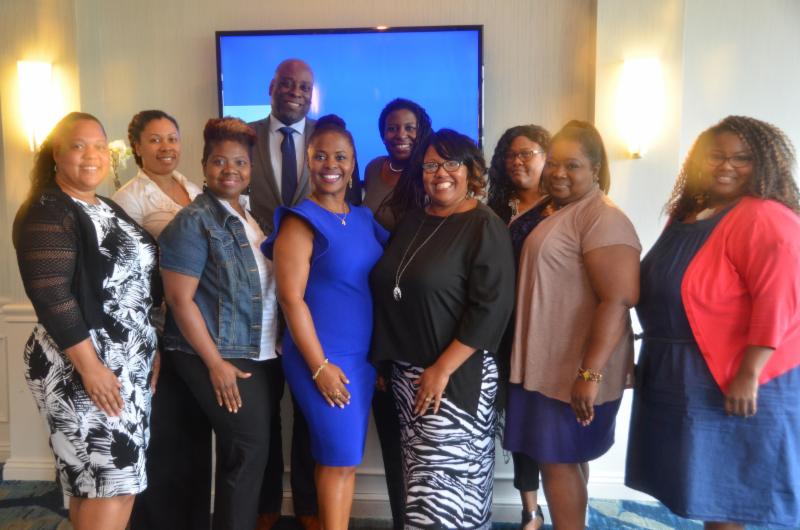Practical Insight
Have you ever been asked a question with a seemingly simple response, yet you struggled to articulate it? I recently found myself in that situation – with a four-year-old nonetheless. There is nothing like youthful innocence that can make you keenly aware of what they have heard from you. Interestingly enough, the greatest lesson for me reinforced the need to connect with others in a way that helps them understand. This might require adjusting your language.
Think about an experience where others were using lingo, vague descriptors or acronyms that made communicating difficult. Did you listen without asking questions – filling in the blanks where you could – or did you ask them to clarify what was said? Or have you traveled to a place where either you or others spoke a foreign language, making it challenging to clearly communicate? In a society where even our language has become trendy, clear communication is even more important.
Powerful Impact
A four-year-old asked an interesting question after overhearing a conversation I was having with his mother over the weekend. She, another friend and I were talking about how important it is to have a strong base for something business related. What we were talking about completely escapes me because his questioned captured my attention.
“Ma’am,” he said with curiosity often exhibited by young, innocent minds, “what’s a base?”
I quickly glanced at the two other ladies, as his mother smiled with an expression that let me know she was quite familiar with those questions. The first word that came to my mind was “foundation” but I knew that would only generate more questions. After pausing for a moment to think about how to best respond, I replied, “ You know how you learn your ABCs, right?” He smiled and nodded. “Well, learning your ABCs helps you become a good reader and speller. If you do not know your ABCs, it will be very hard for you to read and spell. Right?” He nodded again. “Knowing your ABCs is the base you need to be able to read and spell. That is an example of a base.”
“Ohhhh,” he said with a look of clarity. “Now, I know.”
Both ladies seemed pleasantly surprised. “That was a great example! What made you come up with that, LaFern?” one asked.
When you are engaging with others – clients, colleagues, leaders, friends, family – do you speak with words that are easy to explain, define and relate to their situation or is your language saturated with jargon, clichés and verbiage specific to your experiences. I commonly see this challenge with clients whose goal is to align others’ performance with the organization’s vision. Whether you are using a slogan, vision statement, mission or experience that you want others to have, the only way it will have value and meaning is if the words can be translated into actions.
What example can you use to help clarify your language and help the person you are communicating see the value to them?
Use a familiar topic – In talking with the little boy, I chose something that I knew he was familiar with and was important to him. Within the first few minutes, I had observed him enough to know that he was smart, inquisitive and quite a good student. While I could have used several more examples to further support the definition, I used one example and two related topics to ensure my explanation was not overly complicated.
Paint the picture – Create a visual that is easily seen. What does that specific word or term look like when experienced or executed? Often, I speak about how challenging it is to help others see what our – or their – words mean when mired in vagueness (e.g. next level, seat at the table, synergy, outside the box). How does the next level look? How must you engage with others to earn and keep a seat at the table? What do you mean by “seat at the table”? What value will your presence bring to the organization when you get that seat? What do you need to think differently about? How will your thoughts and ideas impact others immediately, in one year or in two years? To be effective, we must translate our thoughts into words that have meaning for others. Help them see it by painting a picture that they can relate to.
So, why did I use the “ABCs” example? I understood who I was speaking to and what common experiences he could relate to. Additionally, it is important to me to help others receive value in a conversation – not to simply share my perspective. I was not afraid to explain, fail and try again if that approach did not work. Becoming better at using lean, effective language takes practice!
What do you need to do differently to help others understand and connect with your communications?
In Other Words
“First, learn the meaning of what you say, and then speak.” (Epictetus)







